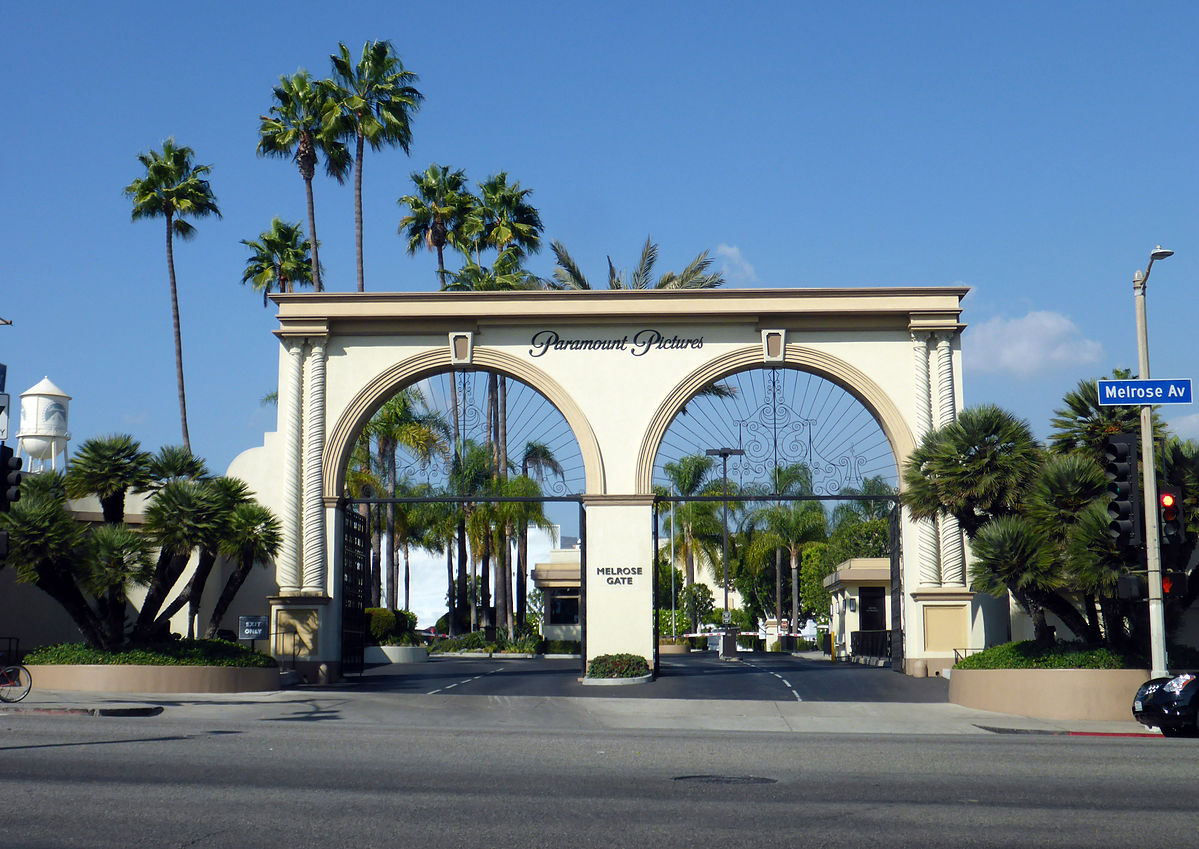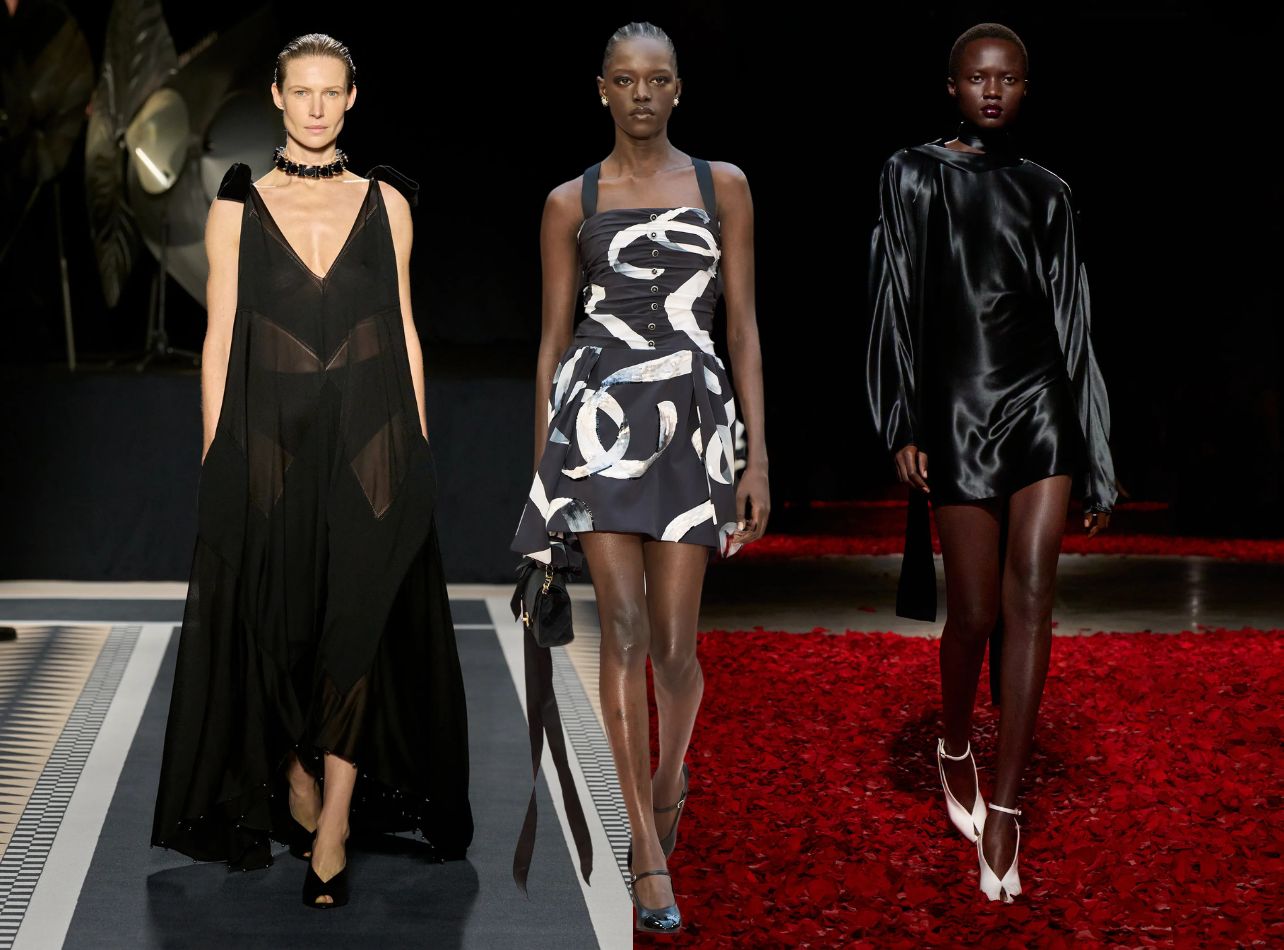Riccardo Tisci is not merely a designer; he represents a transformative force within the early 21st-century fashion landscape, especially in the development of luxury streetwear. Since his tenure at Givenchy and later at Burberry, Tisci’s influence has fundamentally shifted the perceptions of what defines haute couture and street culture, blending them into a hybrid aesthetic now prevalent on runways and city streets worldwide.
Initial Inspirations: Reshaping Givenchy
Tisci took on the position of creative director at Givenchy in 2005, during a period when established Parisian fashion houses were starting to encounter difficulties from more urban, youth-oriented labels. Drawing upon his Italian background and a keen interest in subcultural trends, Tisci incorporated streetwear components—such as graphic lettering, athletic wear shapes, vibrant patterns, and dark, dramatic designs—into Givenchy’s lines, all while preserving the brand’s high-end reputation. This strategy turned out to be visionary, as he launched items like high-top trainers, bomber coats, and hoodies adorned with religious imagery and striking visuals, resonating with both famous personalities and street fashion aficionados.
Celebrities including Kanye West, Beyoncé, and Jay-Z became emblematic of Tisci’s Givenchy era, frequently donning his sweatshirts, leather jogging pants, and oversized shirts. The ubiquitous Rottweiler T-shirt from the Fall/Winter 2011 menswear collection, in particular, stands as a case study. Retailing at luxury price points yet rooted in street iconography, it sold out globally and inspired an entire wave of animal-print garments across the industry.
Significant Partnerships and Market Transformation
Riccardo Tisci’s willingness to collaborate expanded the horizon of luxury streetwear. One standout example is his partnership with Nike in 2014, when he redesigned the classic Air Force 1 sneaker. By reimagining this symbol of hip-hop culture with premium leathers, conversion into high-fashion silhouettes, and meticulous craftsmanship, Tisci showcased how sportswear staples could resonate in the luxury sphere.
Additionally, Tisci’s Givenchy blurred the lines between formal runway presentations and accessible street culture. He cast models and personalities from rap, skate, and art collectives, integrating them into editorial campaigns and creating a dialogue between disparate worlds. Understanding the potency of pop culture, he dressed Madonna for her Super Bowl halftime show and designed provocative costumes for artists such as Marina Abramovic. Each partnership was strategic, amplifying luxury’s presence within mainstream consciousness without resorting to traditional advertising.
The Cultural Significance and Accessibility of Luxury
The core of luxury, historically protected by its exclusive nature, transformed during Tisci’s tenure. Through the adoption and refinement of streetwear components, he successfully closed a divide previously considered insurmountable. Tisci’s combination of athletic wear with custom-fitted jackets, and the incorporation of striking patterns into high fashion, demonstrated a broader accessibility of style, presenting luxury as achievable—even as costs stayed elevated.
Social media significantly advanced Tisci’s perspective. Figures from the Instagram era, along with stylists and influencers, were drawn to his creations, employing streetwear items as emblems of both prestige and defiance. This created a cyclical effect: streetwear gained appeal within luxury spheres, and luxury labels, in turn, pursued the genuine nature and cultural value of street-smart clientele.
Bursting Boundaries at Burberry
After joining Burberry in 2018, Tisci implemented his approach to yet another renowned British label. He revitalized the classic Burberry check with fresh designs and launched collections featuring prominent logos and athletic inspirations, targeting younger audiences. Drop culture—characterized by exclusive launches and celebrity partnerships—was a key component of Tisci’s plan, showcasing how streetwear impacts consumer behavior.
During Tisci’s tenure, Burberry’s fashion shows frequently featured models sporting sneakers, caps, and utility vests, each piece meticulously constructed with flawless tailoring and high-quality fabrics. The Burberry B Series, a direct-to-consumer product launch mechanism, emulated the excitement-driven releases characteristic of prominent streetwear brands such as Supreme and Off-White.
Industry-Wide Legacy and the Rise of Hybrid Aesthetics
Tisci’s methodology impacted the wider luxury industry, as labels like Louis Vuitton—led by Virgil Abloh—Gucci, and Balenciaga embraced streetwear elements. The dominant mixed aesthetic is characterized by voluminous shapes, prominent logos, advanced textiles, and partnerships with urban artists and athletic wear firms. Apparel previously confined to street fashion now takes center stage at prominent fashion weeks, and secondary sneaker markets compete with art auctions in terms of prestige and expense.
Today, luxury streetwear is not simply a trend but a subculture within the broader fashion canon. Tisci’s bold blending of references did not only alter consumer habits but also challenged the elitism of high fashion, making authenticity and relevance the new arbiters of status.
Bridging Fashion’s Current State and Its Future
Riccardo Tisci’s concept of high-end streetwear went beyond fleeting seasonal fads and purely commercial objectives. His talent for blending expert craftsmanship with counter-cultural elements redefined contemporary style in the digital era. With luxury fashion increasingly merging with streetwear, Tisci’s pioneering spirit endures, motivating a fresh wave of designers to innovate without limits and engage with the authentic essence and energy of urban culture.



